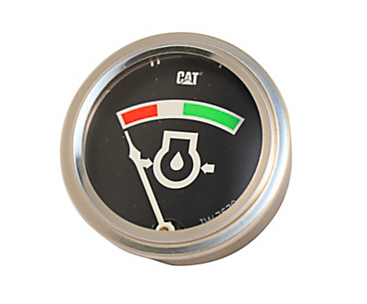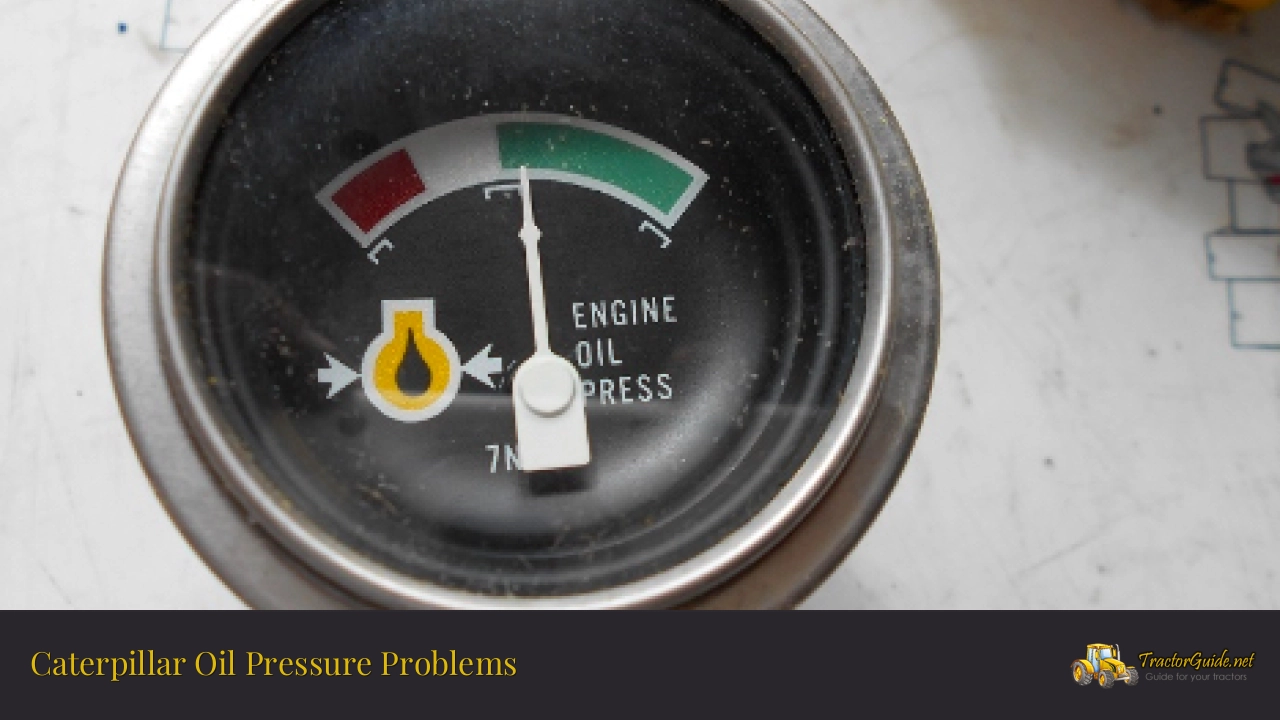Caterpillar Oil Pressure Problems can be daunting for many vehicle owners, but they can be quickly and easily identified and addressed with the correct information and some know-how. This comprehensive guide provides the steps and resources to get the help needed to tackle these issues head-on.
📢Read also: Caterpillar 3196 Marine Engine Problems
Tackle Caterpillar Oil Pressure Problems with Confidence

Whether you’re looking to diagnose and repair a Caterpillar oil pressure problem on your own or need the help of an experienced mechanic, this guide provides you with the necessary steps and resources to tackle the issue with confidence. Learn how to identify the signs and symptoms of Caterpillar oil pressure problems, understand the underlying causes, and determine how to make the necessary repairs or get the help you need. This comprehensive guide gives you the knowledge and resources to address Caterpillar oil pressure problems efficiently.
| Diagnosing the Problem | Making Necessary Repairs | Getting Professional Help |
|---|---|---|
| Caterpillar Oil PressureSigns and Symptoms | Suggested Parts and Tools | Finding a Qualified Mechanic |
| Troubleshooting | Repair Instructions | Cost Estimations |
| Diagnostic Tools | Safety Precautions | Special Offers |
Identifying the Problem
When troubleshooting Caterpillar Oil Pressure Problems, the first step is identifying the cause. This can be done by checking the oil pressure gauge and investigating any warning lights or messages on the dashboard. If the oil pressure is low, it is essential first to ensure the oil level is correct, then inspect the oil filter and pressure-sending unit for any signs of wear or damage.
Verifying the Issue
Once the source of the problem has been identified, the next step is to verify it. This can be done by running an oil pressure test, which will help confirm whether the issue is related to the oil pressure system. If the test results indicate low oil pressure, it’s time to move on to the next step.
👀Look at this: Caterpillar Warning Light Symbols
Diagnosing the Problem
The next step in diagnosing Caterpillar Oil Pressure Problems is to locate the source of the issue. This can be done by thoroughly inspecting the engine and its components, looking for signs of wear or damage. It is also essential to check the oil pump, pressure regulator, and lines for any obstructions or leaks.
Repairing the Problem
Once the source of the issue has been identified, the next step is to repair the problem. This can involve replacing any damaged components or tightening loose connections. If the problem is related to the oil pump, it may need to be replaced or serviced. It is also essential to ensure the oil filter is clean and debris-free.
Preventing Future Issues
The final step in addressing Caterpillar Oil Pressure Problems is to take preventative measures to ensure it does not happen again. This includes regularly inspecting and changing the oil filter and checking the oil pressure gauge and warning lights on the dashboard. Additionally, it is essential to ensure the engine is kept in good working order and that all necessary repairs are made quickly and efficiently.
Critical Takeaways for Caterpillar Oil Pressure Problems
- Identify the signs and symptoms of Caterpillar oil pressure problems.
- Verify the issue with an oil pressure test.
- Diagnose the problem by inspecting the engine and its components.
- Repair any damaged components or tighten loose connections.
- Take preventative measures to ensure it does not happen again.
The key takeaway from this article on Caterpillar Oil Pressure Problems is that it is important to take a proactive approach in identifying and addressing any issues. By taking the time to identify the signs and symptoms, verify the case with an oil pressure test, diagnose the problem, and repair any necessary components, you can ensure that these problems do not occur again. Taking preventative measures, such as regularly inspecting and changing the oil filter and keeping the engine in good working order, can also help to prevent future problems. Following these steps can help to keep your equipment running smoothly and efficiently.
